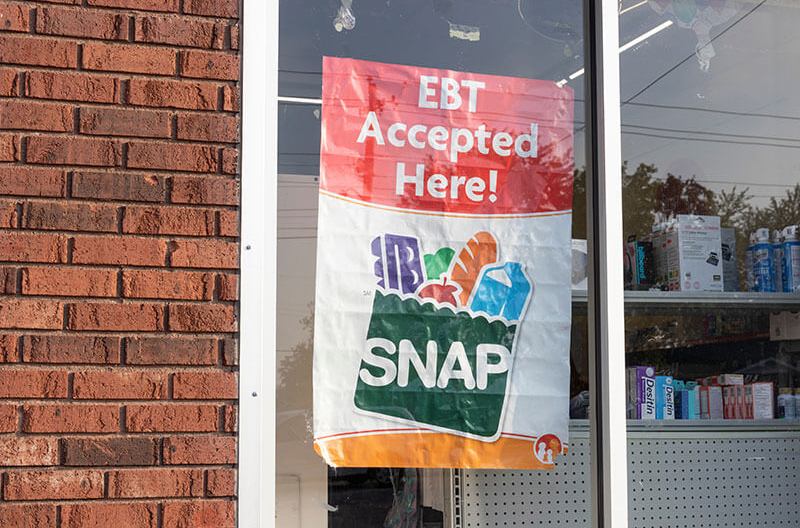The National Association of Convenience Stores (NACS), National Grocers Association and FMI – The Food Industry Association have released the “SNAP Restrictions Impact Analysis,” which estimates that the costs food retailers will face under proposed restrictions to the Supplemental Nutrition Assistance Program (SNAP) will total about $1.6 billion.
That amount is equal to 1.9 percent of 2024 net income for all food retailers. The impact analysis reveals that the total up-front cost from SNAP restrictions is projected to be:
- $1 billion for convenience stores;
- $305.1 million for supermarkets;
- $11.8 million for small-format stores; and
- $215.5 million for supercenters.
In addition to the up-front costs, ongoing annual costs of maintaining compliance are estimated at $378.6 million for convenience stores, $281.4 million for supermarkets, $18.0 million for small-format grocery stores and $81.1 million for supercenters, totaling nearly $759.1 million per year.
In a joint statement, the officials with the three organizations said, “Food retailers and convenience stores are committed to supporting efforts to improve the nation’s health, but the proposed restrictions represent significant new costs and operational challenges. Without clear guidance and adequate time, these well-intended changes will create unexpected difficulties of both retailers and the customers they serve.”
Margaret Mannion, director of government relations at NACS, added, “These new restrictions are unprecedented. Without clear rules and the time to implement them, they will impose significant costs on all American consumers, not just SNAP participants.”
Peter Matz, director of food, pharmacy and health policy at FMI, agreed.
“We’re working diligently to prepare for this new reality, but a patchwork of state restrictions brings significant cost and operational hurdles – especially for smaller and rural stores – and can create confusion at checkout,” he said.
“Clear, consistent definitions and a more realistic timeline would help retailers successfully implement this new reality while keeping SNAP access smooth and dependable.”
According to the impact analysis, key cost drivers include technology updates, software and point-of-sale system upgrades, as well as the labor required to comply with new stocking, replenishment and labeling requirements.
The report emphasizes that the effects will be particularly severe for smaller stores, which will be required to undertake time-consuming tasks to comply with state-level rules for item qualification.
“NGA’s members are committed to supporting the goals of SNAP and promoting healthy food choices, but the proposed restrictions present significant operational and financial challenges,” said Stephanie Johnson, group VP of government affairs at NGA.
“We urge USDA to work collaboratively with food retailers to ensure that independent grocers have the clarity and time needed to comply, so that SNAP recipients can continue to have access to fresh, nutritious foods without disruption or confusion.”
Given the scale and complexity of these changes, SNAP retailers are calling on the United States Department of Agriculture (USDA) and states to:
- Extend the timeline for implementing SNAP restrictions to allow retailers, especially independent and small retailers, to take adequate time to adapt systems and processes; and
- Provide clear and actionable definitions of restricted foods to ensure that all retailers can comply with new regulations and waivers without ambiguity.
The full report is available online here.
[RELATED: FMI, NGA, NACS Call On Congress To Address SNAP EBT Transaction Fees]

